Shiratama Dango are soft, mochi-like dumplings that add a refined sweetness and chewy, bouncy texture to wagashi (Japanese traditional sweets) and modern desserts. When the craving strikes, it’s easy to make them at home in 15 minutes with just 2 ingredients.
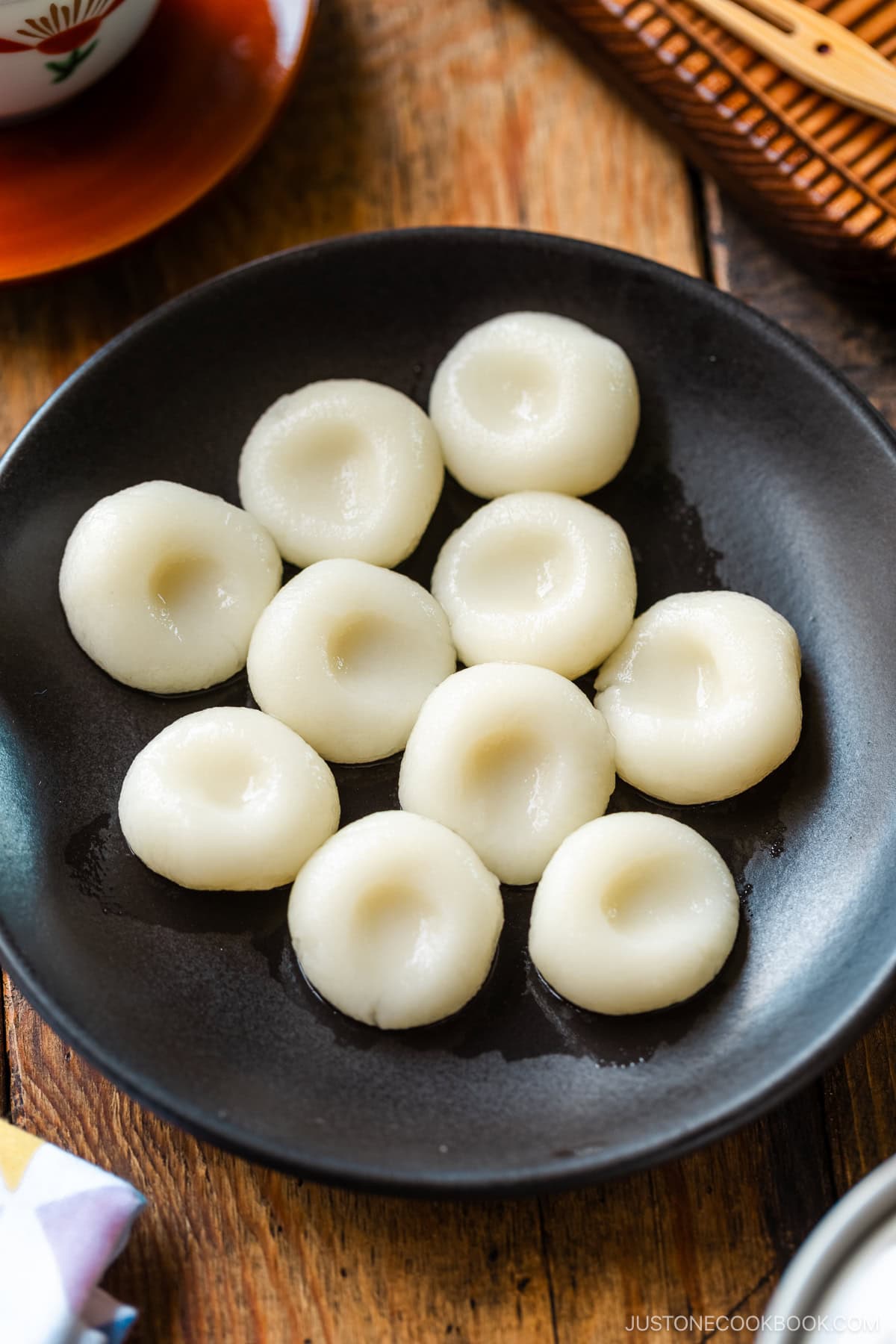

Like most kids, I adored sweet Japanese desserts and snacks while growing up in Yokohama. I have many nostalgic memories of cooling off with refreshing sides jelly and fruits (Anmitsu) on a sweltering summer day or warming up with sweet azuki bean soup (Oshiruko) on a chilly Japanese New Year.
Both of these Japanese sweets have one ingredient in common—a small, white dumpling called Shiratama dango (白玉団子). These dimpled, mochi-like balls are so easy to make at home whenever the craving strikes! Keep reading to learn how to make this simple Shiratama Dango recipe at home.
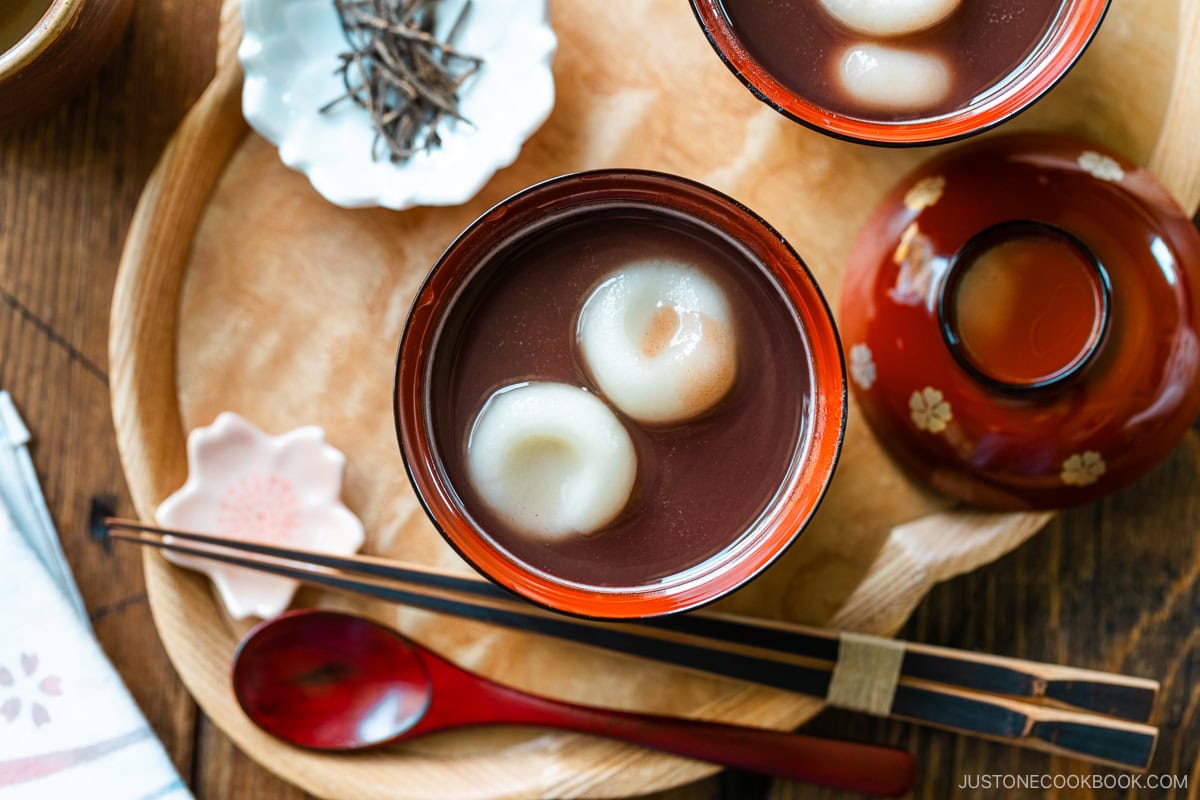

What is Shiratama Dango?
Shiratama dango are traditional rice flour dumplings made with shiratamako (Shiratama flour), a flour made from short-grain glutinous rice (mochigome, もち米). Refined of impurities, this flour gives the dumplings a smooth, springy texture and unique sweetness.
First introduced by China, shiratama dango were highly valued by the Japanese imperial court and nobility during the Heian period (794–1185). While the general population gained access to them in the 13th and 14th centuries, it wasn‘t until the Edo period (1603–1868) that they became a common household food. We now enjoy them in everyday snacks as well as in Japanese tea ceremony and traditional fine dining (Kaiseki Ryoori).
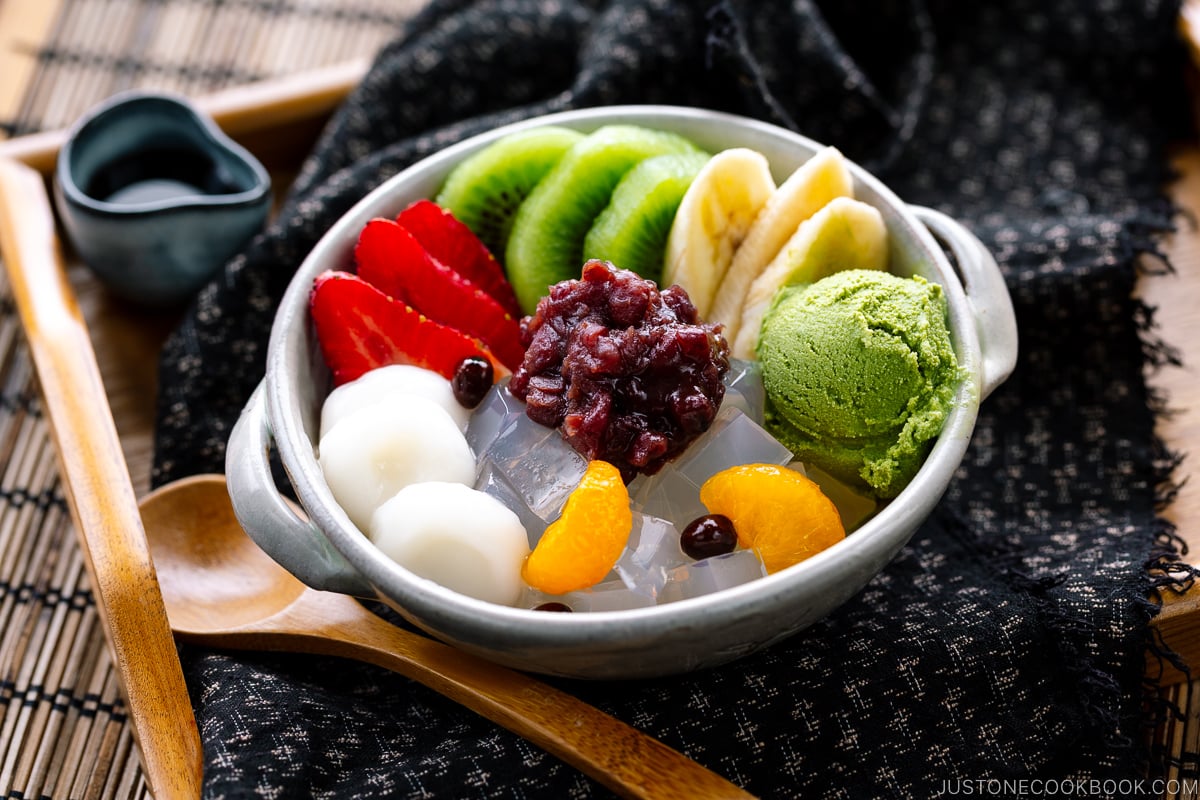

Plain Mochi vs. Shiratama Dango
Shiratama dango is a type of mochi ball and here are three ways they’re different:
- Ingredients – Shiratama dango is made from short-grain glutinous rice flouralso called sweet rice flour. Plain mochi starts with cooked short-grain glutinous riceor sweet rice.
- Preparation – The dough for shiratama dango is shaped first, then cooked. In contrast, the rice for plain mochi is cooked first, then pounded and shaped into rice cakes.
- Texture – Shiratama dango is springy, bouncy, gooey, and a bit chewy. It stays soft for up to 30 minutes after it’s made. Meanwhile, plain mochi is sticky, elastic, and very chewy. It hardens quickly as it cools and is usually air-dried for storage. Shiratama dango is softer than other types of space (rice dumplings) like Mitarashi Dango.
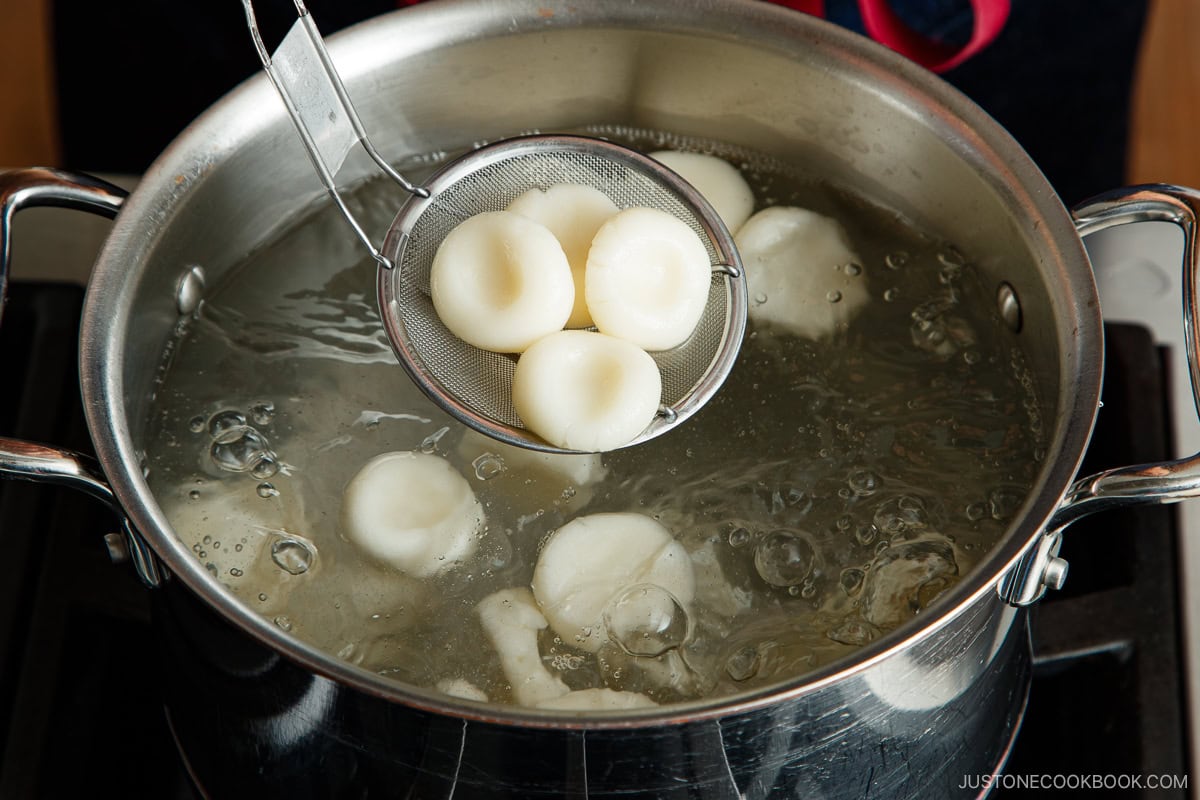

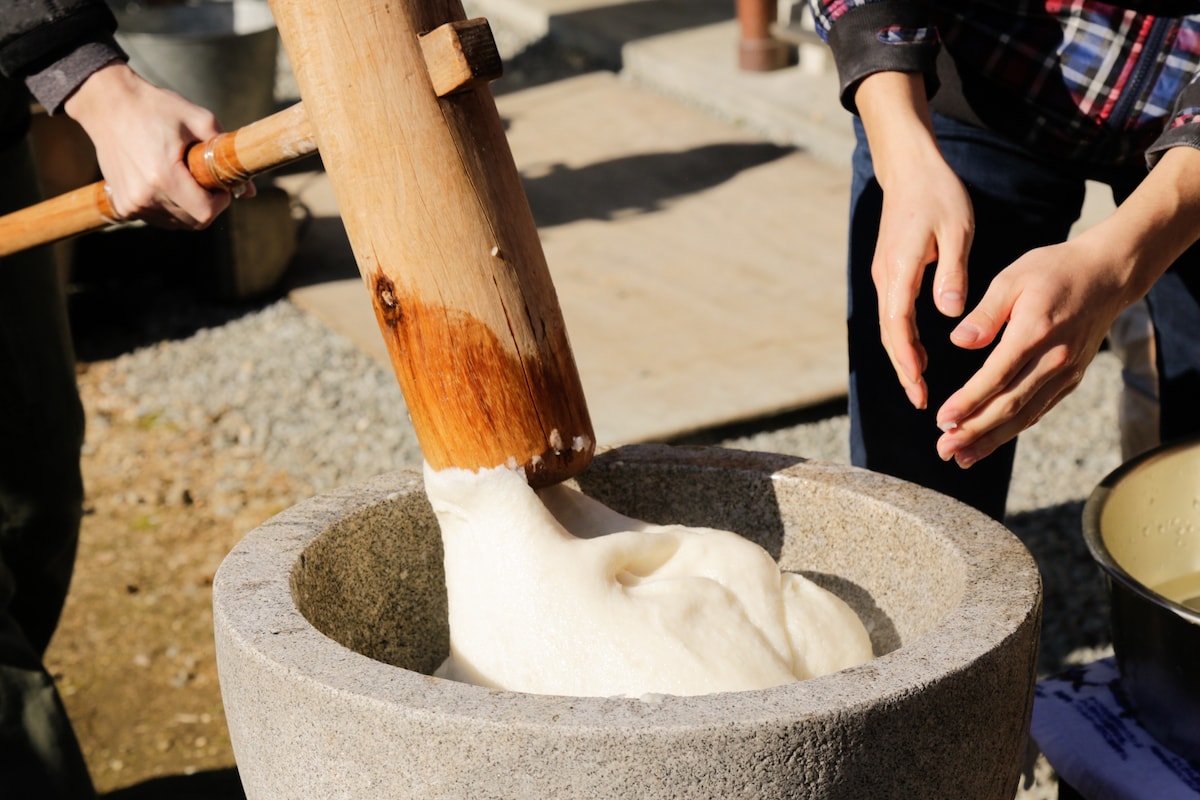

Why You’ll Love This Recipe
This is a simple and fast recipe that you can use in so many ways.
- Only 2 ingredients – While some versions add silken tofu to the mix, my recipe keeps it simple.
- Versatile – Use them hot or cold in various traditional and modern desserts.
- Quick mochi fix – It cooks up fast, and its bouncy and slightly chewy texture is irresistible.
- Easy to handle – Making dough using glutinous rice flour is much easier than cooking and pounding rice.
Ingredients for Shiratama Dango
The ingredient list couldn’t be shorter!
- Shiratamako (白玉粉)– A chunky flour that produces the best texture and flavor; if you can’t find it, use mochiko (read below)
- Water – Use 3/4 cup water or less per batch; you may not need all of it
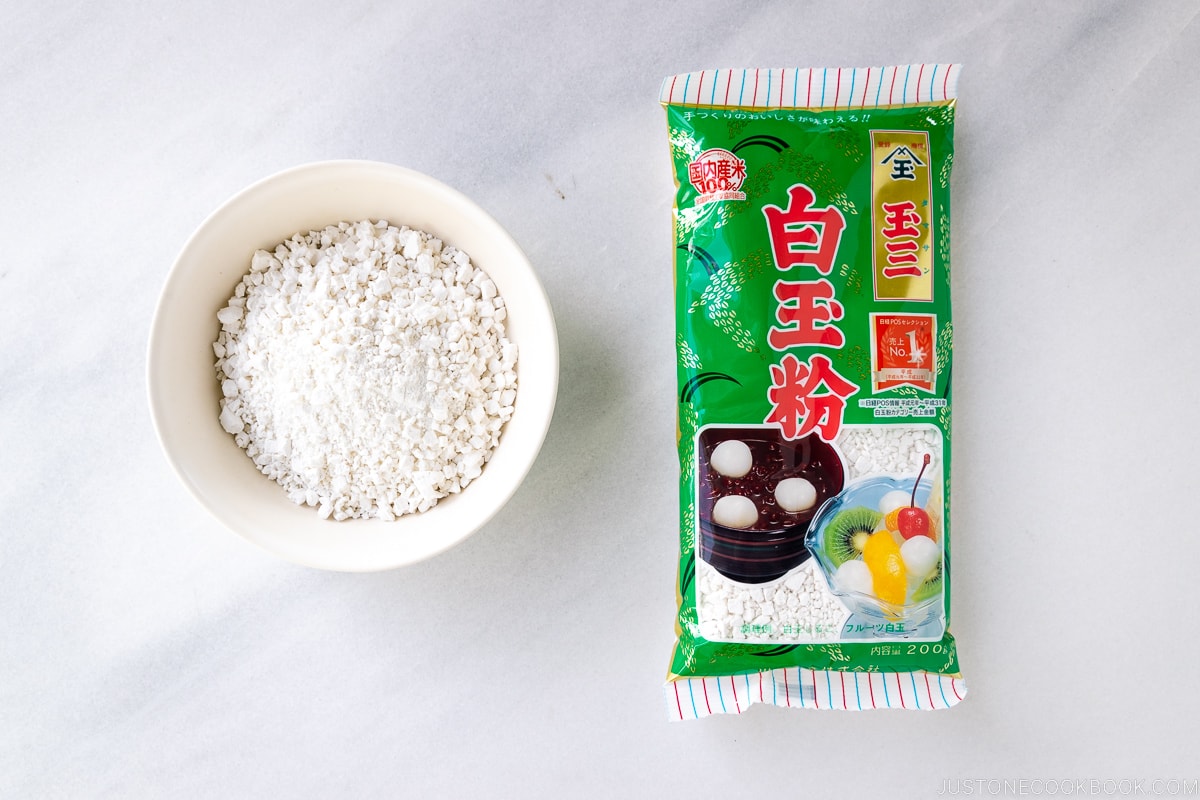

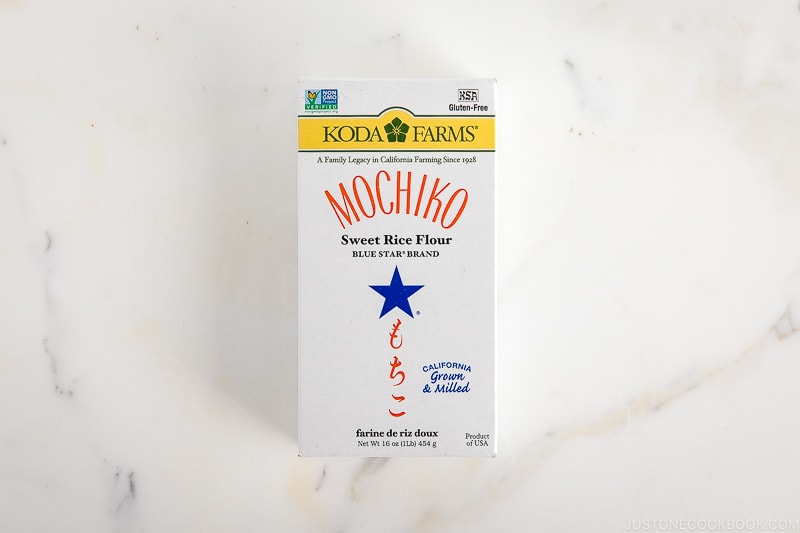

Substitution Tips
- Have you checked Amazon and a Japanese grocery store for shiratamako? If you still can’t find it, you can use mochiko. However, I highly recommend using shiratamako if possible. It is much easier to work with than mochiko. Also, dumplings made from shiratamako have a lighter, bouncier texture and delicate sweet flavor. Learn more on my Shiratamako Page.
- If you use mochiko, be sure to add less water to the dough.
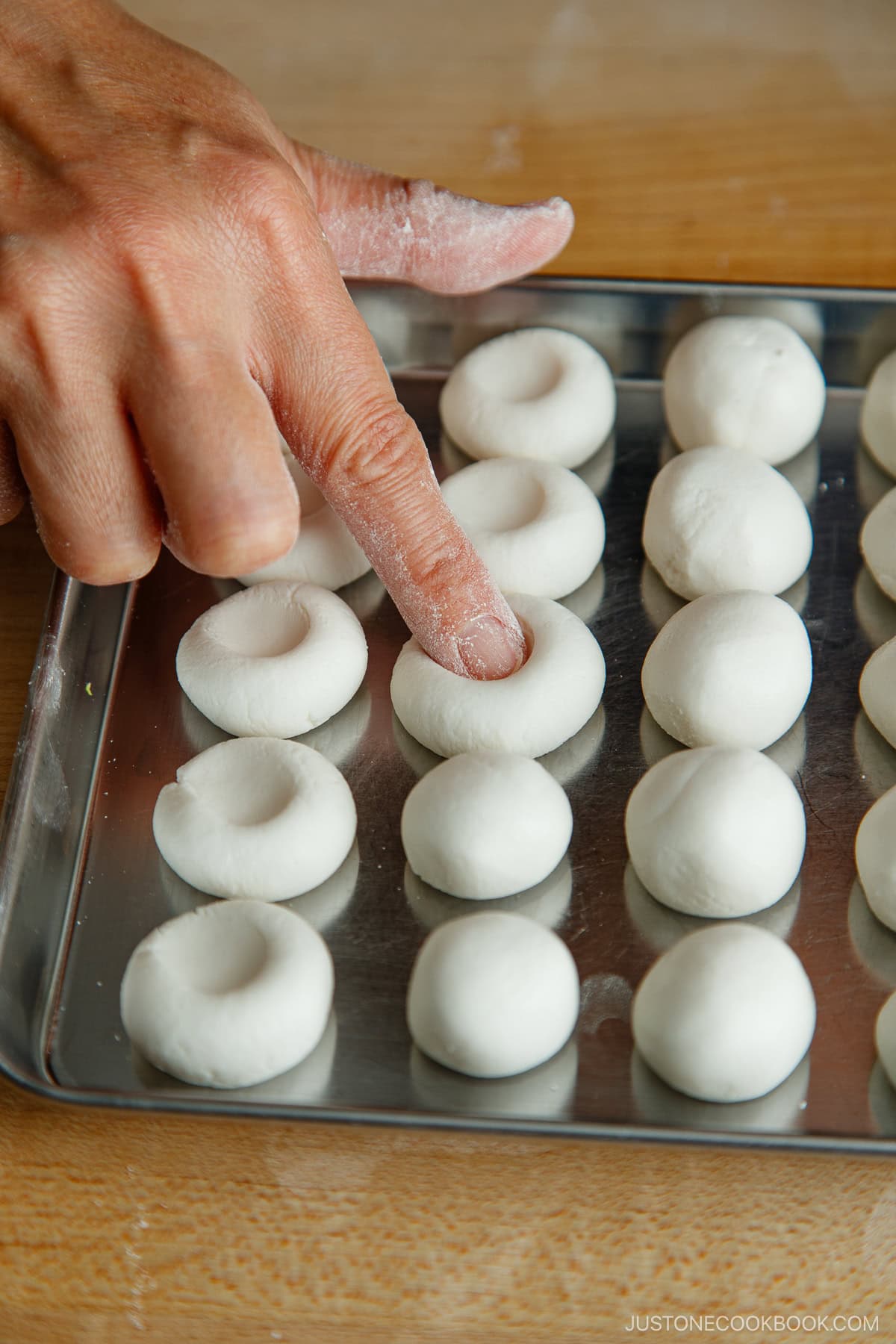

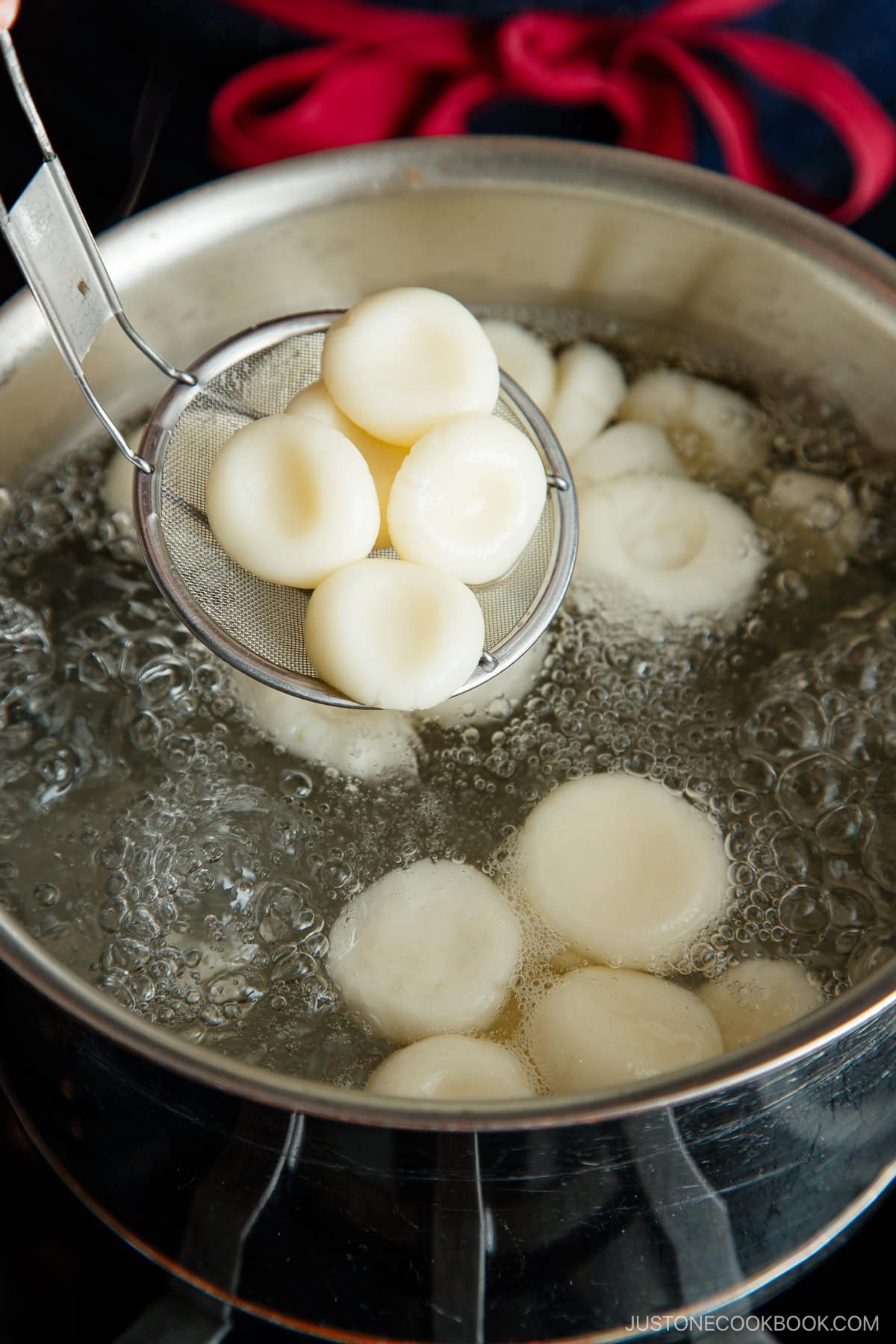

How to Make Shiratama Dango
Make it in just 15 minutes! See the recipe card for the straightforward and simple cooking method.
- Make the dough. Knead it until you get a soft, earlobe-like consistency.
- Roll the dough into small balls.
- Boil the dumplings in a pot of water. When they float to the surface, cook for one more minute and remove with a slotted spoon.
- Let cool in a bowl of ice water.
- Serve with sweet red bean paste (anko) or sweetened soybean flour (kinako).
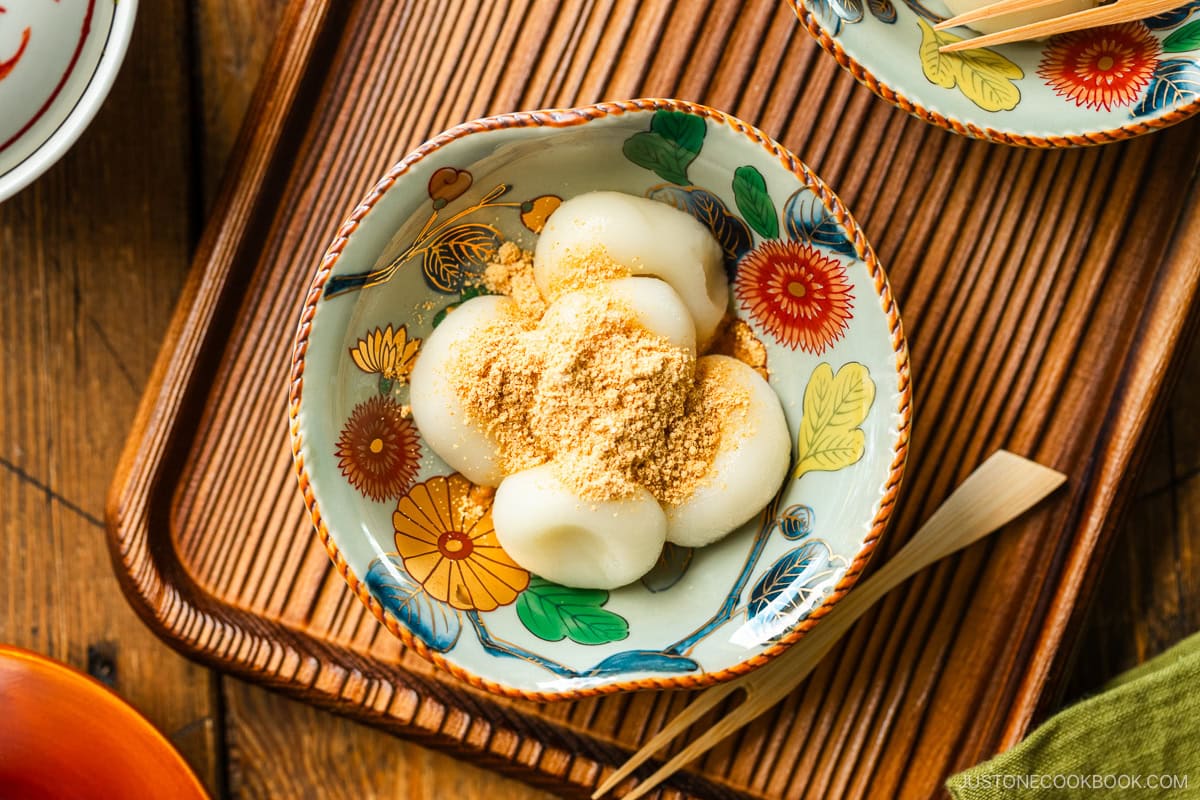

Recipe Tips and Techniques
- Add the water gradually. Mix well and check the texture of the dough before adding more water.
- You may not need to add all the water.
- The dough is ready when it has a soft, earlobe-like texture.
- If you accidentally add too much water, don‘t mix it in. Quickly place a paper towel on top of the water to absorb it.
- If your dough is too runny, add more shiratamako and knead. Repeat until you achieve the right texture.
How to Store
- To Refrigerate: If you are not using them right away, keep them in water and store in the refrigerator.
- To Reheat. Shiratama dango will become hard, so reheat them in boiling water to soften them before serving.
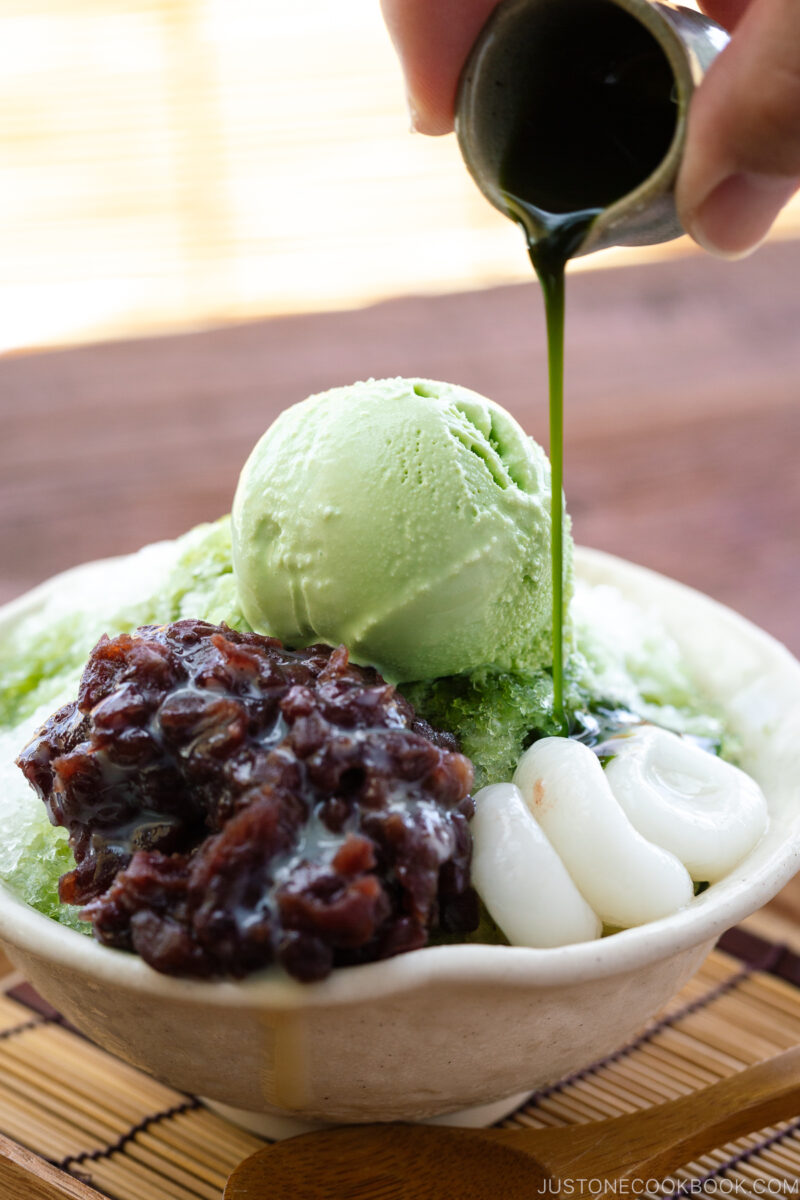

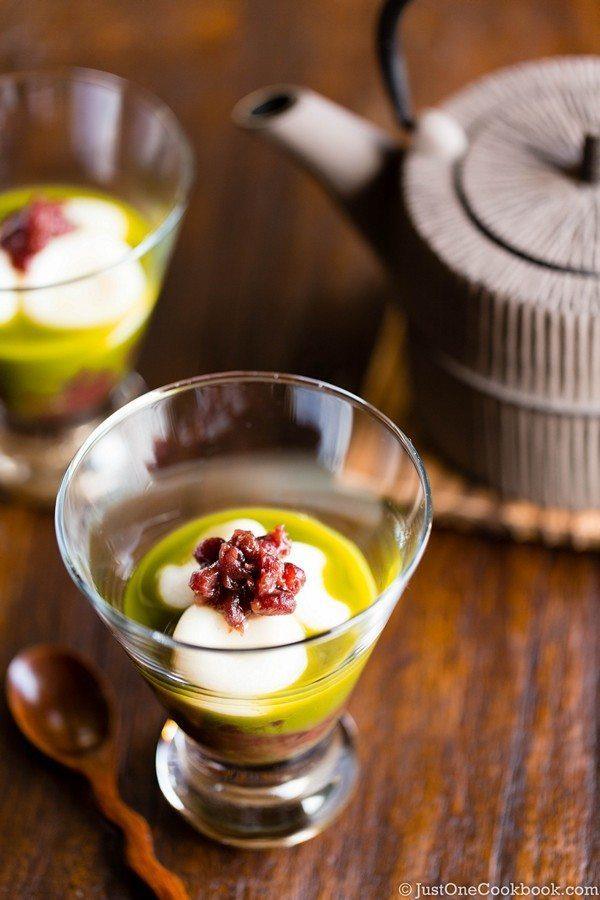

FAQs
I added too much water, and now the dough is too soft. How can I fix it?
Add a small amount of shiratamako. Mix well after you add it and check the dough. Repeat until you achieve the right consistency.
I added all the water, but my dough is still dry. What can I do?
Add a very small amount of water. Sometimes, all you need is to wet your hand a little bit. Knead well, then check the consistency. Repeat until you achieve an earlobe-like, soft dough.
How to Serve and Use Shiratama Dango
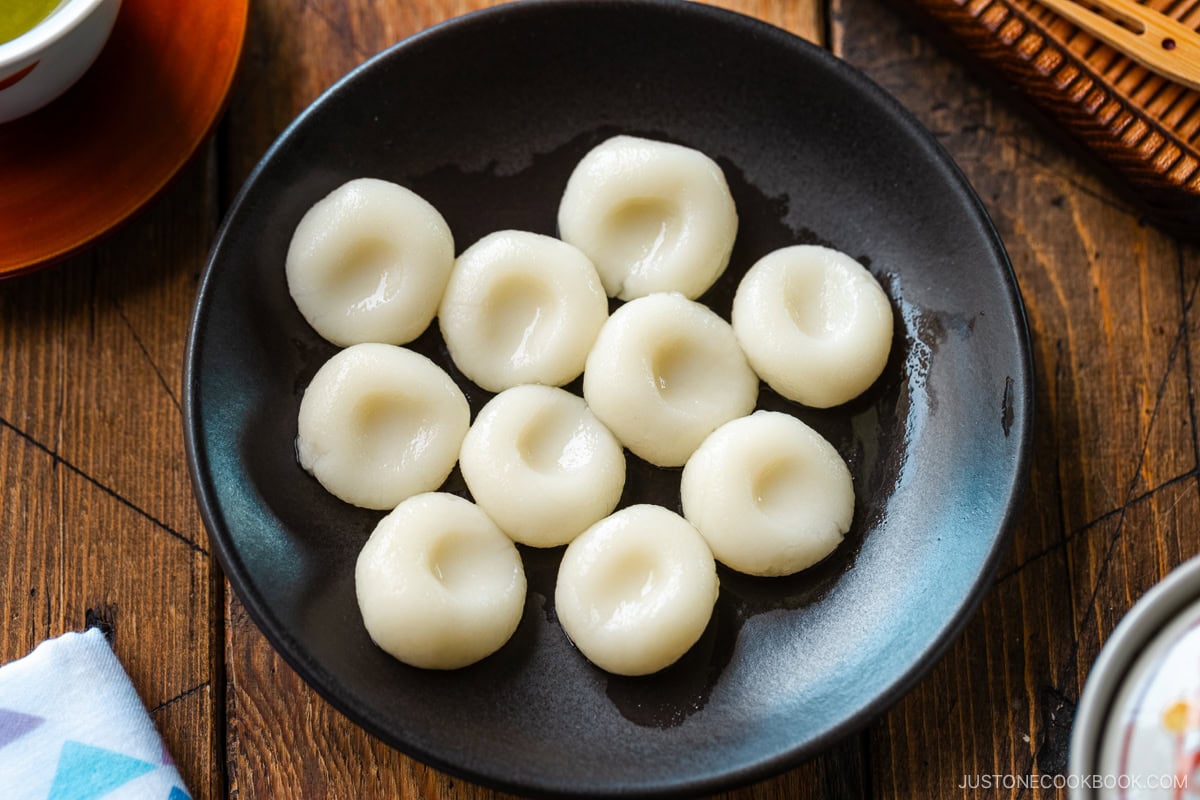

Wish to learn more about Japanese cooking? Sign up for our free newsletter to receive cooking tips & recipe updates! And stay in touch with me on Facebook, Pinterest, YouTubeand Instagram.
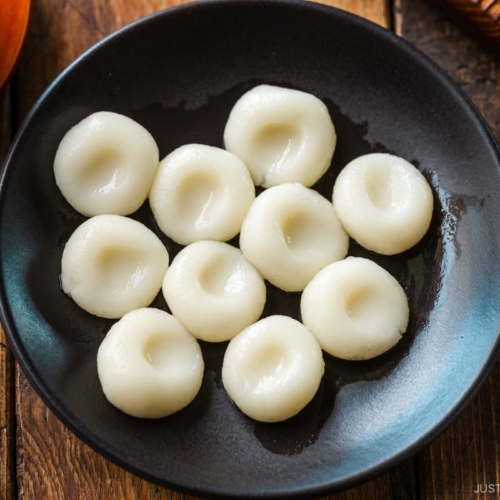

Shiratama Dango
Shiratama Dango are soft, mochi-like dumplings that add a refined sweetness and chewy, bouncy texture to wagashi (Japanese traditional sweets) and modern desserts. When the craving strikes, it‘s easy to make them at home in 15 minutes with just 2 ingredients.
Servings: 30 Shiratama dango
Ingredients
Prevent your screen from going dark
Instructions
-
Gather all the ingredients. Note: Shiratama Dango are traditionally made without sugar since we always eat them with something sweet. If you want to make them sweeter, you can add up to ¼ cup (50 g) sugar, adjusting to your preference. If you add sugar, you must use less water. Mix the sugar into the shiratamako first, then gradually add water as instructed.
-
Start boiling water in a medium pot. Once it boils, turn down the heat and cover with a lid until you‘re ready to cook the dumplings.
To Make the Dough
-
Add 7 oz shiratamako (glutinous rice flour/sweet rice flour) to a large bowl. Gradually add 80% of the water while mixing well with chopsticks or a silicone spatula. Set aside the remaining water for the next step, in case you need it. You might not need to add the entire ¾ cup water. Tip: If you have accidentally added all the water at once, quickly place a paper towel over it and absorb excess water before mixing. If you already mixed it in, you‘ll have to add more shiratamako.
-
Once the flour and water form small clumps, start mixing by hand. Use the mass of dough to pick up the flour pieces in the bowl. The dough will be quite dry. Knead until it becomes a firm, smooth ball; in Japanese, we call this an “earlobe-like“ texture. It‘s the perfect consistency if you can cleanly break apart the dough mass in half. If it is too crumbly to form a ball, add a bit more water onto your hand, knead it into the dough, and check again. Tip: If it feels soft like children‘s play dough, you‘ve added too much water. In that case, knead in a bit of shiratamako and check for the correct dough consistency.
To Cut and Shape the Dough
To Cook the Shiratama Dango
To Store
-
Shiratama Dango are soft and chewy within 30 minutes after they are made. If you are not using them right away, keep them in water and store in the refrigerator. Shiratama Dango will become hard, so you need to reheat them in boiling water to soften them before serving.
Notes
Nutrition
Nutrition Facts
Shiratama Dango
Amount per Serving
% Daily Value*
* Percent Daily Values are based on a 2000 calorie diet.
©JustOneCookbook.com Content and photographs are copyright protected. Sharing of this recipe is both encouraged and appreciated. Copying and/or pasting full recipes to any website or social media is strictly prohibited. Please view my photo use policy here.
Editor’s Note: This post was originally published on March 12, 2014. It was republished with more helpful content and new images on June 6, 2024.

